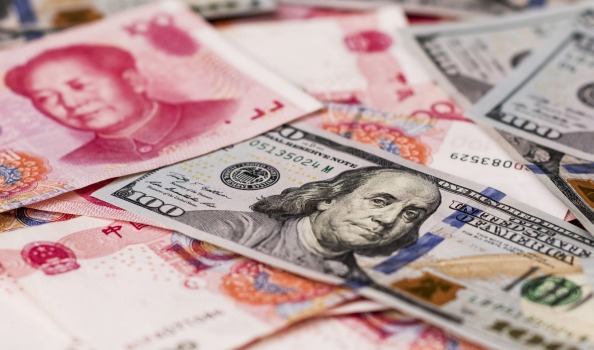
Posted on: 12 Jan 2016
This chart shows why the ASX is melting down in 2016
"China is Australia's biggest trading partner. Especially now that the Free Trade Agreement has been signed, our economy, and by extension our stock market, is subject to the state of the Chinese economy."
Slowing growth in China is causing the kind of turmoil that fuels investor demand for safe assets such as Treasuries.
The Australian sharemarket is in the midst of its worst start to a year in decades (it's sunk to a 2 1/2-year low this morning). The Aussie dollar has fallen below the key US70¢ mark.
And it all comes just hours after Sean Penn's weird interview with a powerful Mexican drug kingpin landed on the internet. Coincidence? Of course it is.
In all seriousness, today's market meltdown has nothing to do with drug trafficking or Hollywood. But it is, at least tangentially, related to Mexico (more on that later) and has everything to do with China.
Investors are fearful that things are even worse in the world's second-largest economy than authorities there are portraying them to be. And that nothing can really be done to stop it.
Perhaps the best illustration of these concerns is found in China's tightly controlled currency, the yuan. This chart shows how China has been allowing the US dollar to strengthen against the yuan for a while now as its economy slows.
In other words, the yuan has been sliding in value, and that slide accelerated noticeably last week. That came as Chinese authorities tried, in vain, to stem another alarming slide in the Chinese stockmarket.
On Monday, the People's Bank of China let the yuan strengthen, providing a temporary lift for stocks and the Aussie dollar. But people are still fearful that recent yuan weakness could be a harbinger of a serious devaluation of the currency. And that could have considerable knock-on effects.
China of course is Australia's biggest trading partner. Problems there are not good news for us in any way. Yet the latest episode of yuan weakness could be a much deeper issue.
The real worry about a weaker yuan, analysts from Societe Generale wrote this morning, "is both that things in China get even worse and that a domino of defaults will engulf commodities and [emerging markets], ultimately contaminating the full credit universe".
In other words, a sharply weaker yuan could prompt investors in the US and elsewhere to pull money out of other emerging markets (like Mexico) and commodity exporting countries (like Australia), leading to sharp declines for those currencies and risking defaults for the many companies in those countries with debt in US dollars.
We've seen that movie before. It's called a full blown emerging market currency crisis. No one wants to see it again.
Fortunately, there's a long way to go before we get there again. And while China is not in a good place at the moment, the world's biggest economy, the US, is showing more signs of strength after posting a solid jobs report last week.
Time to get some popcorn because there are more twists in this story to come.
By John McDuling
Source: http://www.smh.com.au/business/comment-and-analysis/this-chart-shows-why-the-asx-is-melting-down-in-2016-20160111-gm35i5.html